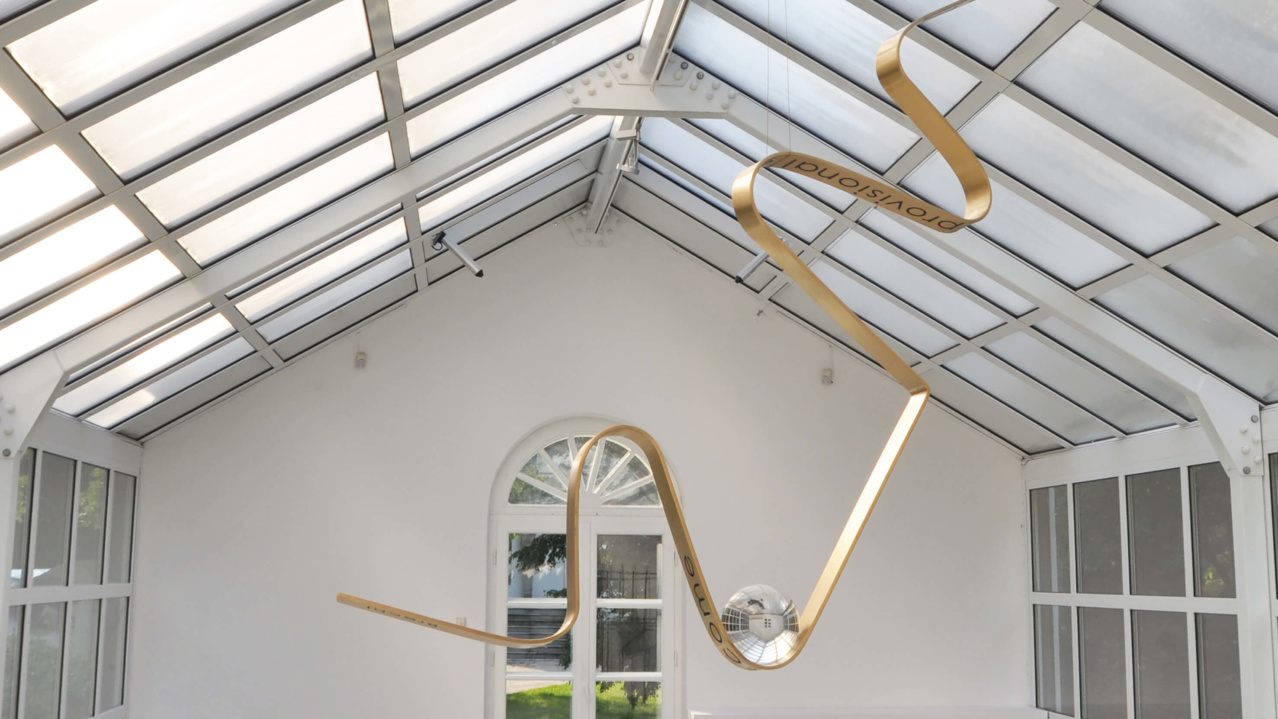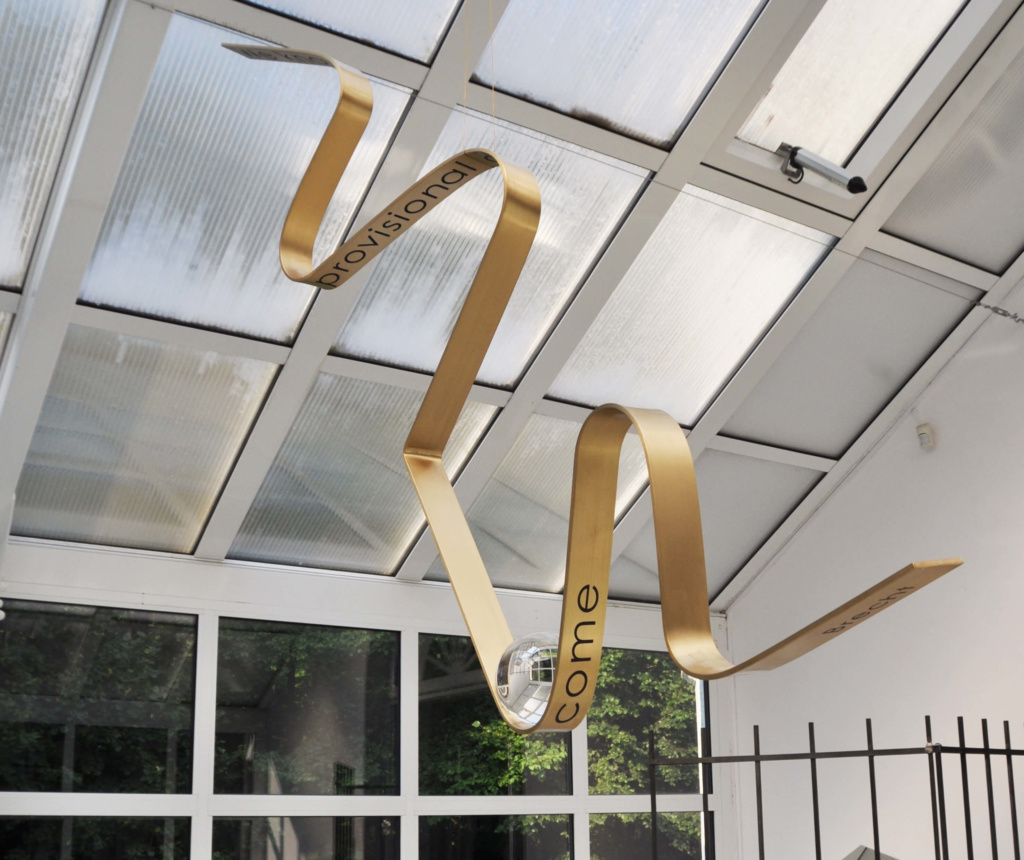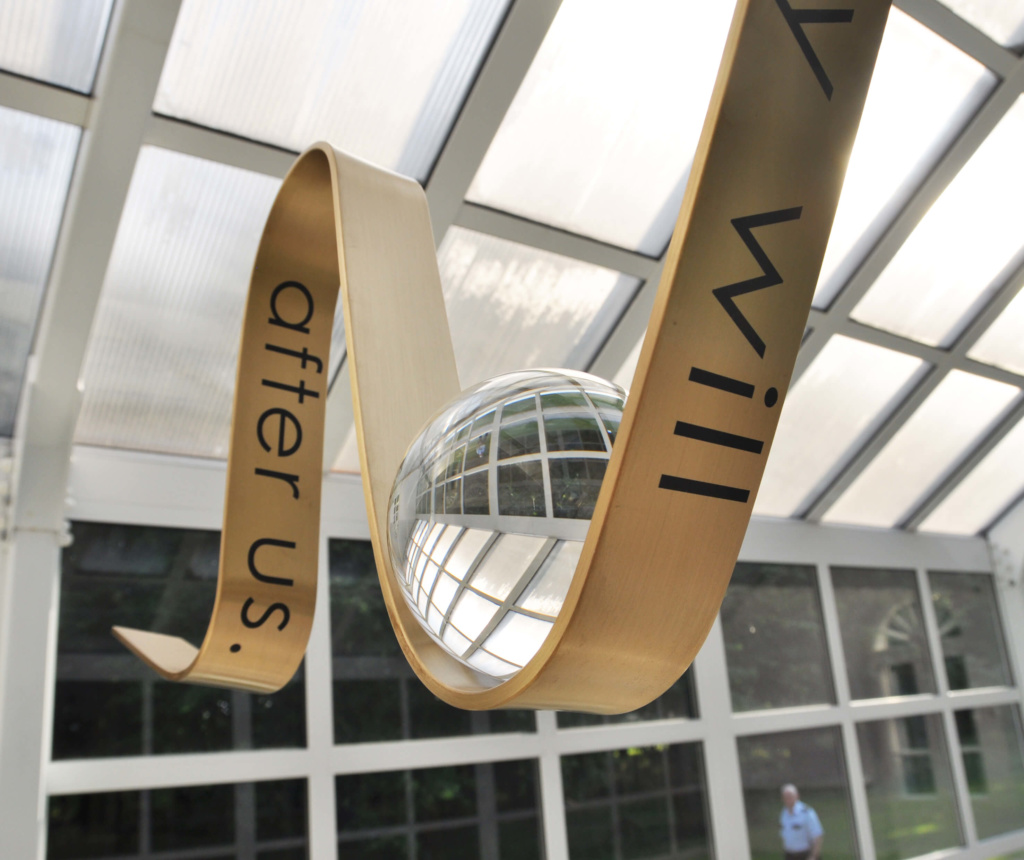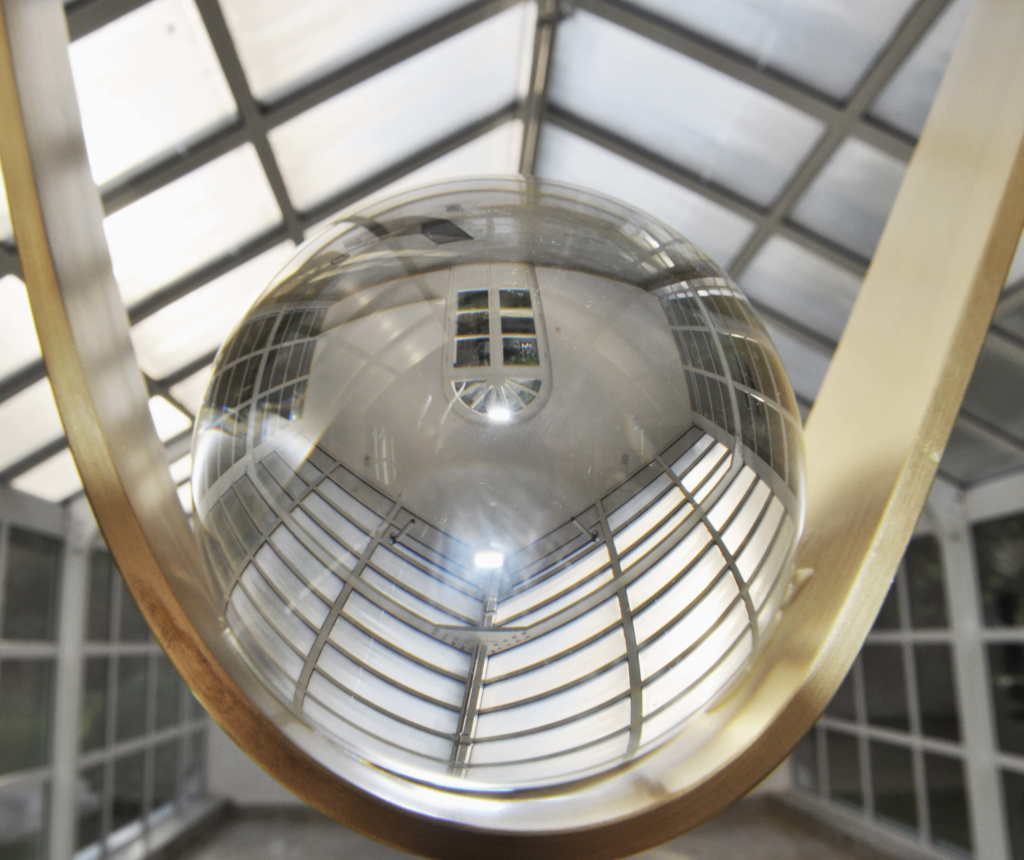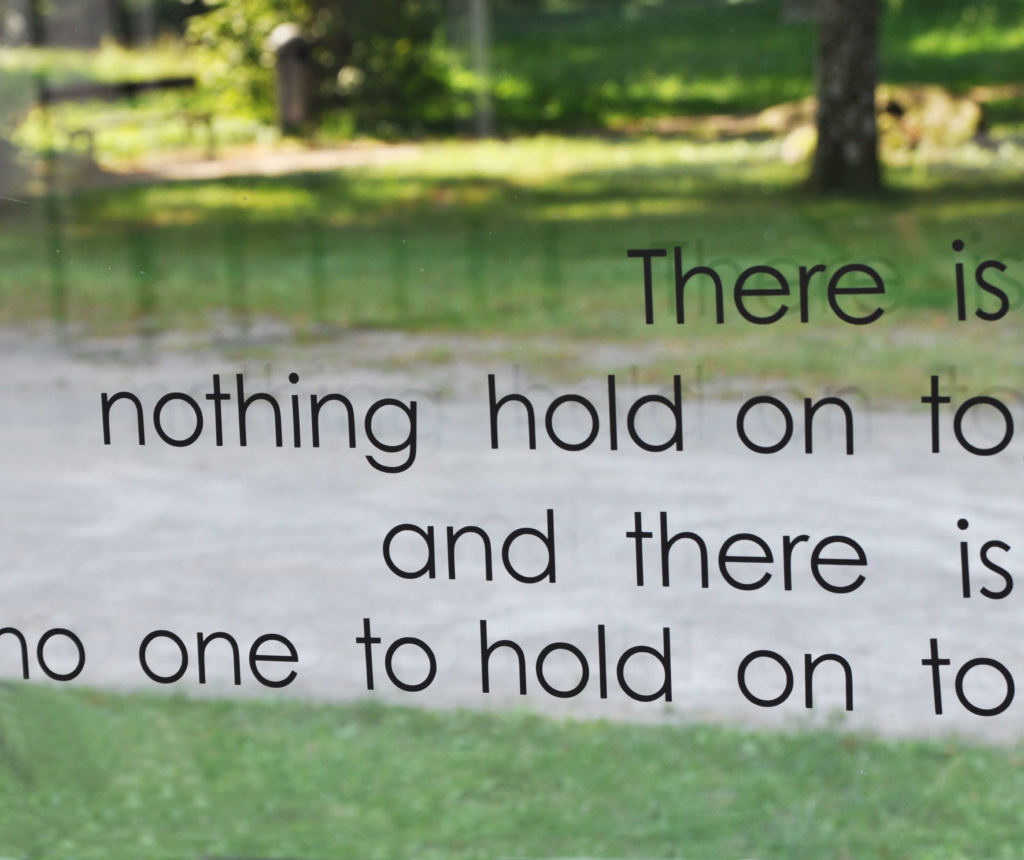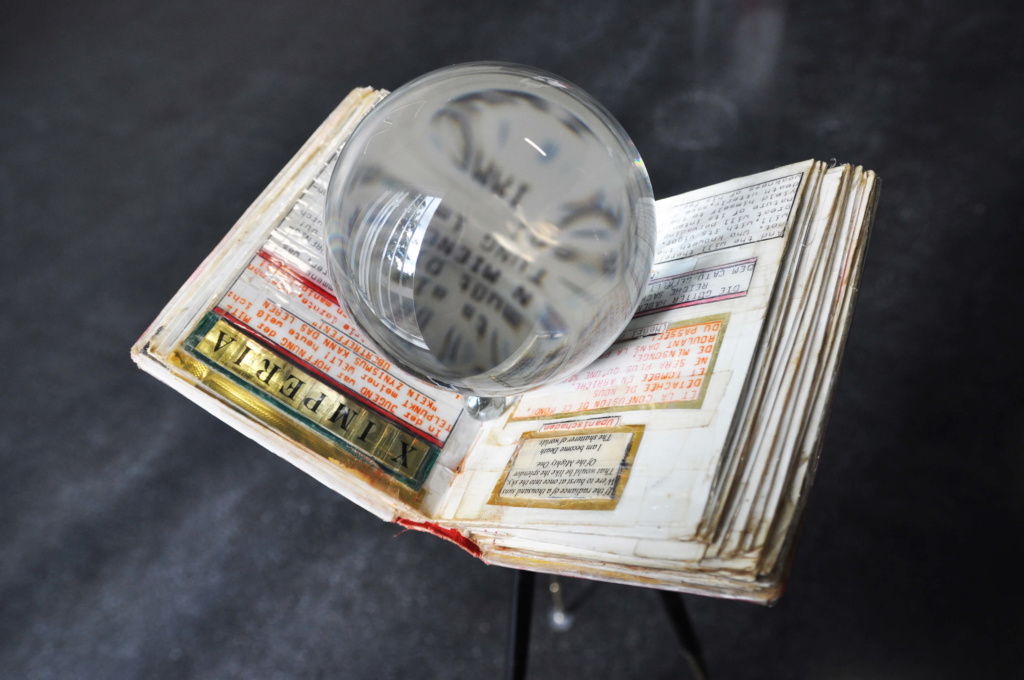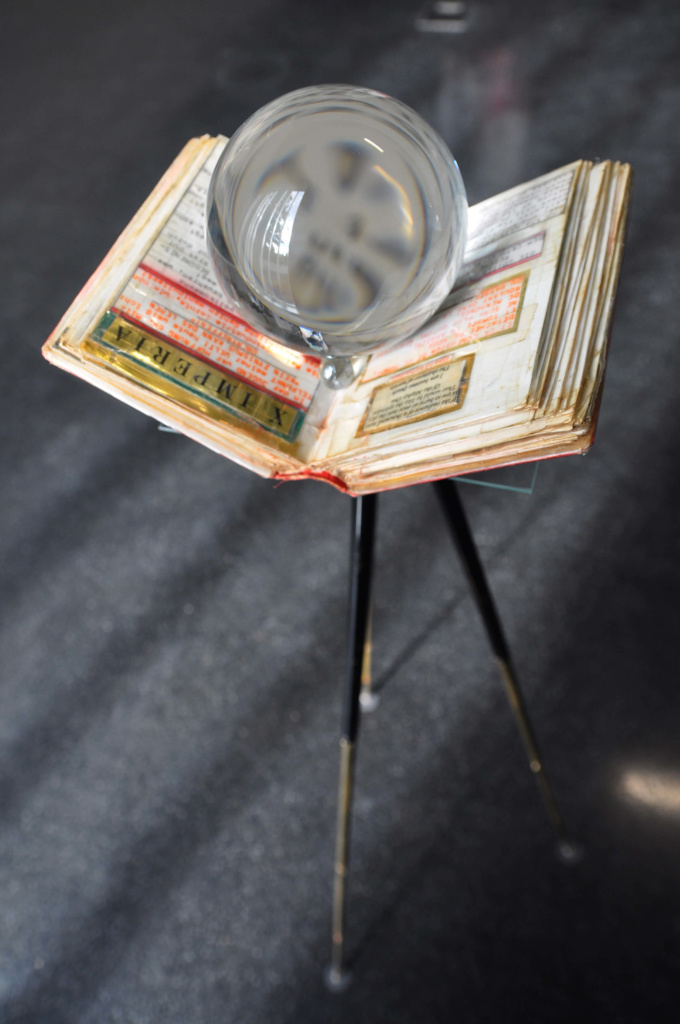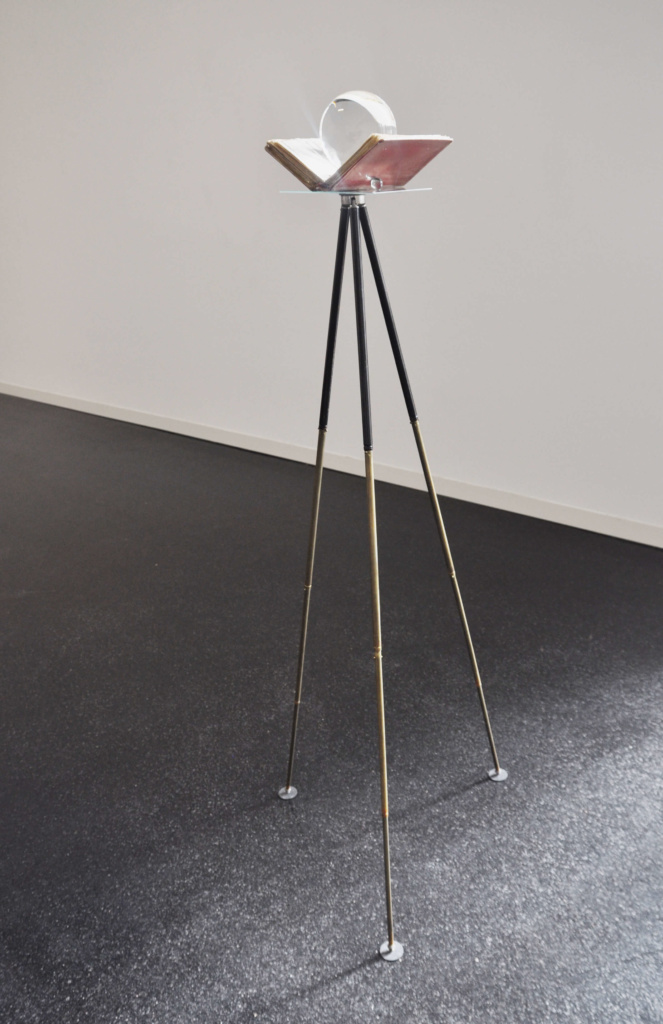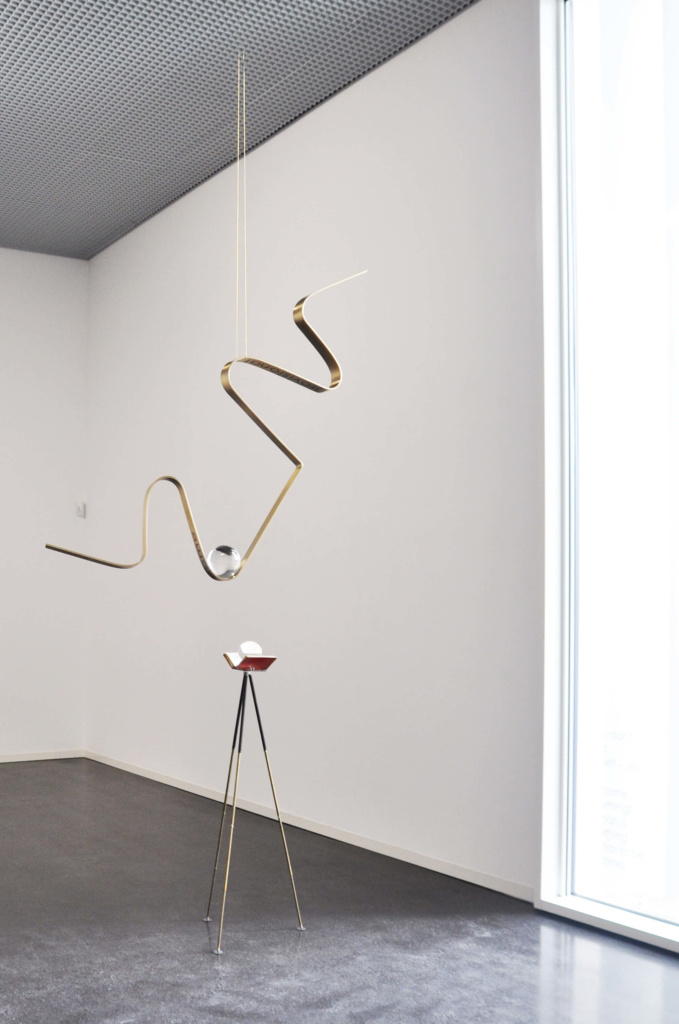Die künstlerische Arbeit „free faith“ analysiert traditionelle und globalisierungsbedingte Aspekte des Glaubens. Constanze Nowak fordert einen Diskurs über die Bedeutung des Glaubens, welcher Toleranz, Respekt und gegenseitiges Verständnis fördert. Das Ziel dieser Arbeit ist es, den Glauben als kulturelles Bindeglied darzustellen, welches die Menschheit in ihrer Vielfalt vereint und Raum für individuelle Entfaltung und spirituelle Erfüllung bietet. Die Installation greift dabei auf die Konzepte des französischen Soziologen Émile Durkheim zurück, der den Glauben als eine wandelbare und individuelle Angelegenheit beschrieben hat.
The artistic work „free faith“ examines traditional and globalization-related aspects of faith. Constanze Nowak encourages a discourse on the significance of faith, promoting tolerance, respect, and mutual understanding. The aim of this work is to present faith as a cultural link that unites humanity in its diversity and provides space for individual development and spiritual fulfillment. The installation draws on the concepts of the French sociologist Émile Durkheim, who described faith as a mutable and individual matter.
Text aus: Publikation Wer im Glashaus sitzt sollte nicht mit Steinen werfen
Kunsthalle/Kunsthaus Wiesbaden 2020; Bogna Blazewicz ; Inmitten der Glasscherben; S.43)
Constanze Nowak verwendet in ihren Arbeiten eine farblose, transparente Farbkugel, die mit der magischen Requisite einer Wahrsagerin, oder dank ihrer idealen Form und Lichtreflexion, mit der Transzendenz, für die Constanze Nowak in ihrer Kunst offensichtlich plädiert, in Verbindung gebracht werden kann. Die in der hellen, lichtdurchfluteten Orangerie aufgestellte Installation free faith setzt sich aus gebogenem Messing, philosophischen Zitaten in Form von schwarzen Aufschriften und einer leuchtenden Glaskugel zusammen. Die Betrachtung der Arbeit wird von einem außergewöhnlichen Gefühl der Harmonie begleitet, sodass der Gedanke entsteht, an einer besonderen visuellen Meditation teilzunehmen. Der Begriffsumfang des Werkes resultiert sowohl aus den geschriebenen Parolen als auch aus der Mehrdeutigkeit des Titels. Die Künstlerin äußert sich zum Thema der zeitgenössischen Spiritualität, ganz im Zeichen der individualistischen Strömung von Emile Durkheim, den sie übrigens sehr schätzt. Und in einem Saal des Brandt Palastes, nicht weit vom Fenster entfernt, legt sie eine Glaskugel auf das faszinierende, von ihr gefundene Buch, das eine Ansammlung von Zitaten ist. BREVARIUM ist ein wunderschönes Werk, von grenzenloser Bedeutung, da-ich wage es zu sagen-die Gedanken des Betrachters drauf lenkt, was zeitlos und wirklich wichtig ist.
(Kunsthalle/Kunsthaus Wiesbaden 2020; Bogna Blazewicz; Amidst the Glass Shards; p. 43)
Constanze Nowak uses a colorless, transparent color ball in her work, which can be associated with the magical prop of a fortune teller or, thanks to its ideal shape and light reflection, with the transcendence for which Constanze Nowak obviously pleads in her art. The installation free faith, set up in the bright, light-flooded orangery, consists of curved brass, philosophical quotations in the form of black inscriptions and a glowing glass ball. Observing the work is accompanied by an extraordinary feeling of harmony, so that the thought arises of participating in a special visual meditation. The scope of the work results from both the written slogans and the ambiguity of the title. The artist expresses herself on the subject of contemporary spirituality, entirely in keeping with the individualistic tendency of Emile Durkheim, whom she, by the way, appreciates very much. And in a hall of the Brandt Palace, not far from the window, she places a glass ball on the fascinating book she has found, which is a collection of quotations. BREVARIUM is a beautiful work, of limitless importance because – I dare to say – directs the viewer’s mind to what is timeless and really important.
"Wer im Glashaus sitzt, sollte nicht mit Steinen werfen"
2020
Wer im Glashaus sitzt, sollte nicht mit Steinen werfen I
Orangery Gallery of Polish Sculpture in Orońsko
8. August – 20. September 2020
Wer im Glashaus sitzt, sollte nicht mit Steinen werfen II
Kunsthaus Wiesbaden
8. Oktober – 30. November 2020
Im deutsch-polnischen Skulpturen-Projekt erarbeiteten 15 Künstlerinnen und Künstler aus Deutschland und Polen, davon zwei Künstlerpaare, zehn Tage in den Künstlerateliers Orońskos eine gemeinsame Ausstellung mit dem Titel „Wer im Glashaus sitzt, sollte nicht mit Seiten werfen“. Dem Kurator Gottfried Hafemann aus Wiesbaden, dem Koordinator Leszek Golec vom Polnischen Skulpturenzentrum Orońsko sowie der kuratorischen Assistentin Nadine Hahn und Projektassistentin Sofi Zezmer ist die Entstehung und Organisation des deutsch-polnischen Workshops und Ausstellungsprojekts zu verdanken. An drei Ausstellungsorten wurden die Ergebnisse der deutsch-polnischen Künstlerkooperation präsentiert: in der Galerie Orangerie, im Skulpturenpark Józef-Brandt-Palast sowie im Kunsthaus Wiesbaden.
In the German-Polish sculpture project, 15 artists from Germany and Poland, including two couples, worked on a joint exhibition for ten days in the Orońskos artist studios. The project was entitled “Whoever sits in a glass house shouldn’t throw sides“. We owe the creation and organization of the German-Polish workshop and exhibition project to the curator Gottfried Hafemann from Wiesbaden, and to the coordinator Leszek Golec from the Polish Sculpture Center Orońsko, as well as the curatorial assistant Nadine Hahn and project assistant Sofi Zezmer. Two exhibition venues presented the results of the German-Polish artist cooperation, the Orangery Gallery in the Józef-Brandt-Palast sculpture park and in the Kunsthaus Wiesbaden.

